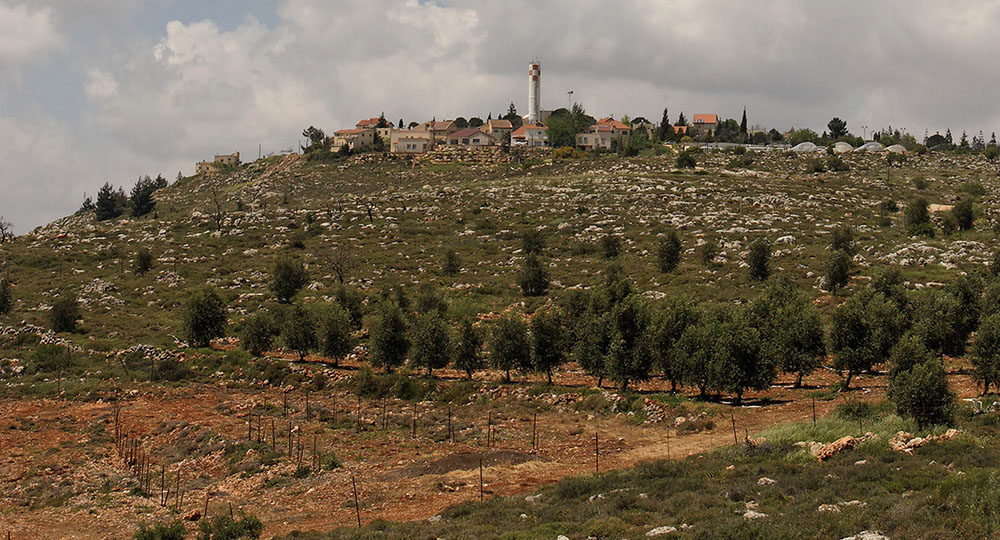


As we all know, the Jewish people are no strangers to tragedy. They probably have endured more of it than any nationality on Earth. They even have what some call a Jewish...
When 40 families stood atop a craggy mountain overlooking the wilderness of Samaria in 1978 and scanned the barren wasteland that would become their home...
Ariel is an amazing success story. It is a story of struggle against all odds, of immigrant absorption, international outreach, and dynamic growth. As you travel through Ariel...
On Wednesday morning, August 17, 2005, some 10,000 Israeli soldiers fanned out across 21 Jewish communities in the Gaza Strip. Their mission, following the Israeli army’s order eight days earlier, was...
The Bible simply identifies the first stop on our journey as “the pass.” Most travelers know little about the site, but it is where King Saul’s son Jonathan and his armor bearer climbed from...
Imagine your physician tells you that you need an operation. You mentally prepare for everything surgery involves: pain, potential infection, a hospital stay, and recovery time. Then your surgeon...